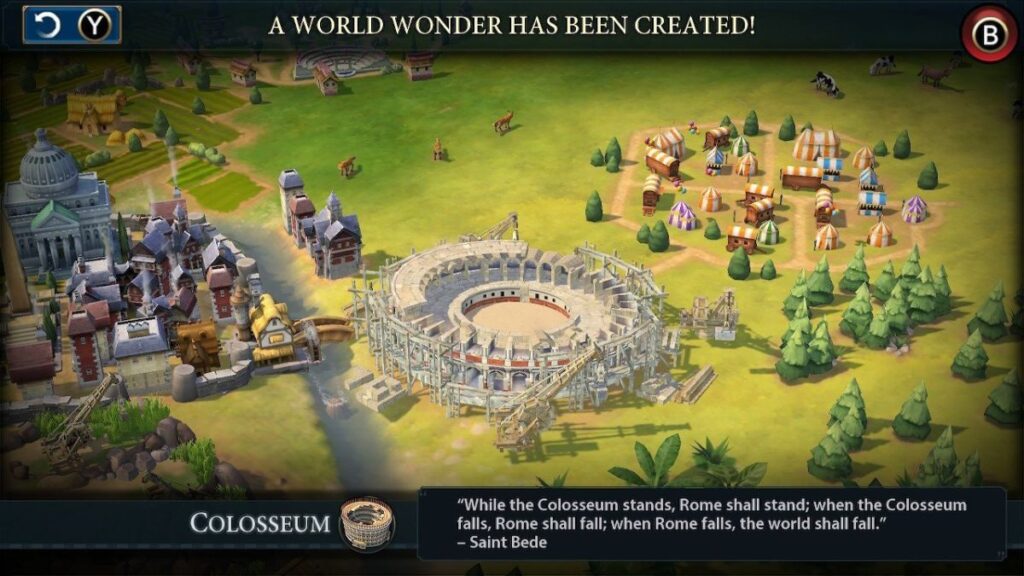The world of video games has evolved from simple pastimes into powerful tools for storytelling, education, and cultural expression. One of the most fascinating aspects of modern video games is how they portray historical events. Games have the potential to immerse players in past eras, allowing them to experience history firsthand, often bringing historical events to life in ways that traditional media cannot. However, this portrayal often comes with a tension: how much accuracy should a game maintain when it comes to historical events, and where is the line between artistic freedom and historical fidelity? This article will explore the delicate balance between accuracy and entertainment in the portrayal of historical events in video games, analyzing both the benefits and drawbacks of each approach.
The Rise of Historical Games
Historical video games have existed almost as long as the medium itself. In the early days of gaming, history was often used as a backdrop for games without much concern for accuracy. For example, early strategy games like Civilization or Age of Empires would feature historical figures, events, and periods, but the gameplay was focused more on mechanics rather than providing an accurate historical experience.
However, over the last two decades, there has been a surge in games that seek to depict historical events with greater depth. Titles like Assassin’s Creed, Call of Duty: WWII, and Empire: Total War have invested significant resources into researching historical periods and trying to recreate them as accurately as possible. As video games have become more sophisticated, with better graphics, sound design, and narrative capabilities, the level of realism in these games has increased as well. But as the medium has evolved, so too has the challenge of balancing historical accuracy with the need to entertain.
The Importance of Historical Accuracy in Games
Historical accuracy is crucial for many players who appreciate the opportunity to learn about the past through interactive experiences. When games strive for accuracy, they often work with historians, researchers, and consultants to ensure that their depictions of events, characters, and settings are as true to history as possible. There are several reasons why historical accuracy can be important in video games.
Educational Value
One of the primary benefits of historical games is their ability to educate players about past events. Many gamers are introduced to key moments in history through video games, which can act as an entry point for further research and learning. For instance, Assassin’s Creed II introduces players to Renaissance Italy, and Call of Duty: World War II offers insights into the brutal realities of the Second World War. For some players, these games provide their first meaningful interaction with history, giving them a sense of context and perspective that might not be found in a traditional classroom setting.
Games that accurately depict historical events help foster a deeper understanding of the complexities of history. They can showcase the nuances of historical decisions, the real-world consequences of events, and the individuals who shaped the course of history. Accurate portrayals of history can also raise awareness about significant but often underrepresented events, like the civil rights movements or the lives of marginalized groups, encouraging players to think critically about the past and how it shapes the present.
Immersive Experiences
One of the hallmarks of modern gaming is immersion—the ability to transport players to different worlds. When games accurately depict historical settings, they can provide an immersive experience that helps players feel as though they are truly living in the past. This immersion can be especially compelling when it is combined with well-researched historical facts. Players might find themselves walking the streets of ancient Rome, fighting in the trenches of World War I, or navigating the political intricacies of feudal Japan.
By accurately recreating historical settings, games allow players to see the world from the perspective of someone living in that time. This kind of immersion can make history feel more tangible, and the stakes of historical events more immediate. For instance, a game set during the American Civil War that uses period-authentic weapons, clothing, and environments can make the conflict feel far more personal than simply reading about it in a history book.
The Role of Entertainment in Historical Games
While historical accuracy is important, entertainment is at the heart of any video game. The main goal of game developers is often to create a fun and engaging experience that keeps players coming back for more. As such, the need for entertainment sometimes necessitates bending the rules of history.
Creative License and Artistic Freedom
In order to create engaging narratives or unique gameplay experiences, developers sometimes take creative liberties with historical events. Assassin’s Creed is a perfect example of a game that blends historical events with fiction. While the game series is set in real historical periods, it introduces fictional elements such as assassins, Templars, and time-traveling technology. This combination of history and fantasy is one of the key reasons why the Assassin’s Creed series has been so successful.
Creative liberties allow developers to craft exciting and original stories that might not be possible if they adhered strictly to historical accuracy. By introducing fictional characters, events, or elements, game developers can inject a sense of adventure or suspense into historical periods that might otherwise feel dry or predictable. This approach also allows them to present alternative histories or “what-if” scenarios that can be incredibly entertaining for players.
For example, in Red Dead Redemption II, players can explore the American frontier during the late 1800s. While the game presents an accurate depiction of many aspects of the time—such as the geography, technology, and societal norms—there are also elements of exaggerated adventure, such as outlaw gang dynamics, which enhance the overall gameplay experience. This type of creative license makes the game more fun and engaging while still capturing the essence of the era.
Balancing Fact and Fun
Balancing historical accuracy with entertainment value is one of the trickiest aspects of designing historical games. There are situations where strict adherence to historical events could make the game feel slow, monotonous, or simply unappealing. For instance, a historically accurate depiction of trench warfare during World War I might feel disheartening or tedious for players. While the real-world conditions were indeed brutal, this could be a turn-off for those seeking an action-packed gaming experience. As a result, game developers may choose to modify certain aspects of the experience to keep the pace of the game engaging, even if it means sacrificing a bit of accuracy.
One example of this is the depiction of historical figures. In games such as Total War: Rome II or Civilization VI, famous historical figures like Julius Caesar, Cleopatra, and Genghis Khan are often portrayed with some degree of exaggeration or dramatization. These portrayals may take creative liberties with the personalities or actions of the figures to make them more memorable and larger-than-life. While this can be seen as a departure from historical accuracy, it is also what makes these characters more compelling for players.
The Impact of Historical Games on Players’ Perception of History
The way games portray historical events can shape players’ understanding and perception of the past. When history is presented through an interactive medium, it has the potential to leave a lasting impact on players, especially when it comes to how they think about the past.
Reinforcing Stereotypes and Myths
One of the challenges of combining entertainment with historical accuracy is that games can sometimes reinforce stereotypes or oversimplified portrayals of history. For example, certain historical games might depict specific cultures or periods in a way that is not entirely accurate or nuanced, relying on stereotypes for the sake of expediency. This can distort players’ understanding of complex historical events and figures. When this happens, it is important for players to critically engage with the material and recognize the difference between fact and fiction.
Inspiring Further Research
On the other hand, many historical games encourage players to dig deeper into the events and time periods they depict. After playing a game like Assassin’s Creed III, which takes place during the American Revolution, some players may be motivated to learn more about the actual events, read books, or even visit historical sites. This can spark a curiosity about history that extends far beyond the game itself.
Conclusion: Striking a Balance
In conclusion, the portrayal of historical events in video games presents a fascinating intersection between accuracy and entertainment. While historical games have the potential to educate, engage, and immerse players in the past, they also face the challenge of balancing historical fidelity with the need to provide an entertaining and engaging experience. Developers must carefully consider how to incorporate accurate depictions of history without sacrificing fun or creativity. As video games continue to evolve, it will be interesting to see how this balance shifts and how future games continue to shape our understanding of history.
Whether purely educational or filled with adventure, historical games are a powerful tool for both preserving and reimagining the past. Ultimately, the success of a historical game lies in its ability to both entertain and educate, allowing players to gain new insights into history while also enjoying a compelling and immersive experience.



